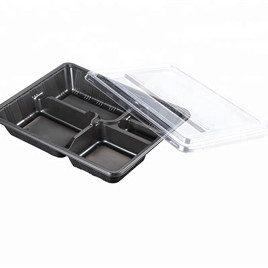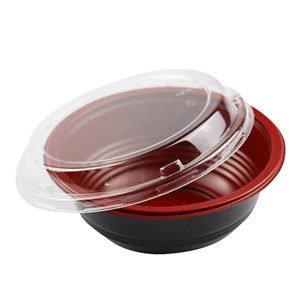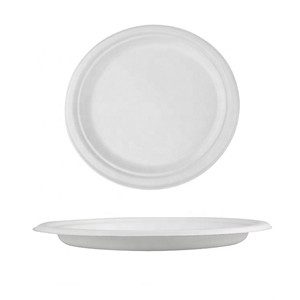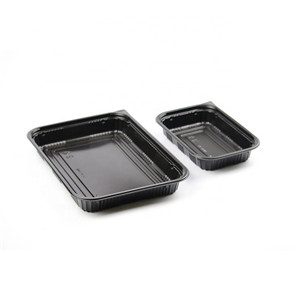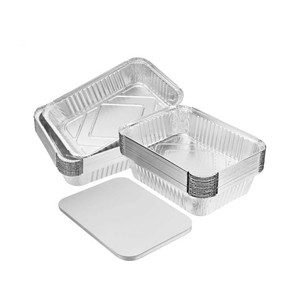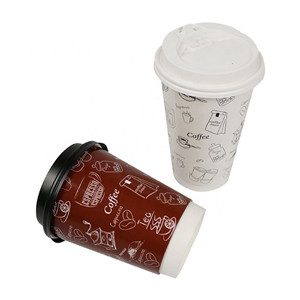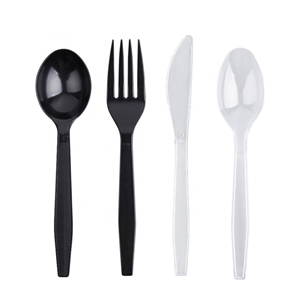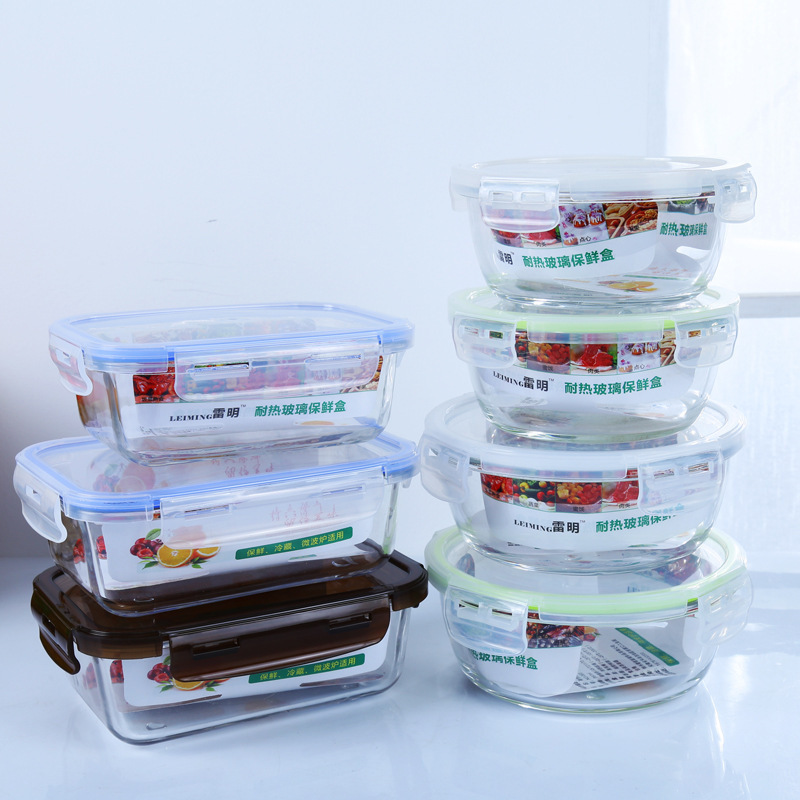Introduction: Microwave safe containers offer convenience and efficiency in our daily lives, making it easier to heat and store food. To fully enjoy the benefits of these containers, it’s crucial to use and care for them properly. In this blog, we provide essential tips for the proper usage and maintenance of microwave safe containers to ensure their longevity and safety.
- Follow Manufacturer’s Guidelines Always read and follow the manufacturer’s guidelines and instructions for using microwave safe containers. Different containers may have specific temperature and time limitations, and exceeding these limits can lead to potential hazards. Microwaving beyond the recommended usage can cause the container to warp or even release harmful substances.
- Avoid Plastics Not Labeled Microwave-Safe While microwave-safe plastics are designed to withstand microwave heat, non-microwave-safe plastics can release toxins when exposed to high temperatures. Avoid using plastics without the “microwave-safe” label or symbol, as they may not be suitable for microwave use. Opt for alternatives like glass or ceramic for heating food if unsure about the container’s safety.
- Ventilation and Covering When microwaving food in microwave-safe containers, it’s essential to provide proper ventilation to prevent pressure buildup. Leave a small gap or use containers with vented lids or vented microwave covers to allow steam to escape during heating. Avoid completely sealing containers with airtight lids, as this can lead to pressure buildup and potentially cause the lid to explode.
- Cleaning and Maintenance Proper cleaning and maintenance are vital to prolonging the life of microwave safe containers. Avoid using abrasive scrubbers or harsh chemicals that can damage the container’s surface. Hand wash containers when possible, as frequent exposure to dishwasher heat and detergents may affect the container’s integrity over time.
- Inspect for Damage Regularly inspect microwave-safe containers for signs of wear and damage. Cracks, scratches, or warping can compromise the container’s safety and should be promptly addressed. Replace any damaged containers to avoid potential hazards during microwaving.
Conclusion: Using microwave-safe containers correctly and maintaining them properly ensures both safety and convenience in your kitchen. By following the manufacturer’s guidelines, avoiding non-microwave-safe plastics, providing ventilation, and practicing regular cleaning and inspections, you can maximize the benefits of microwave-safe containers while ensuring safe and efficient food heating.


